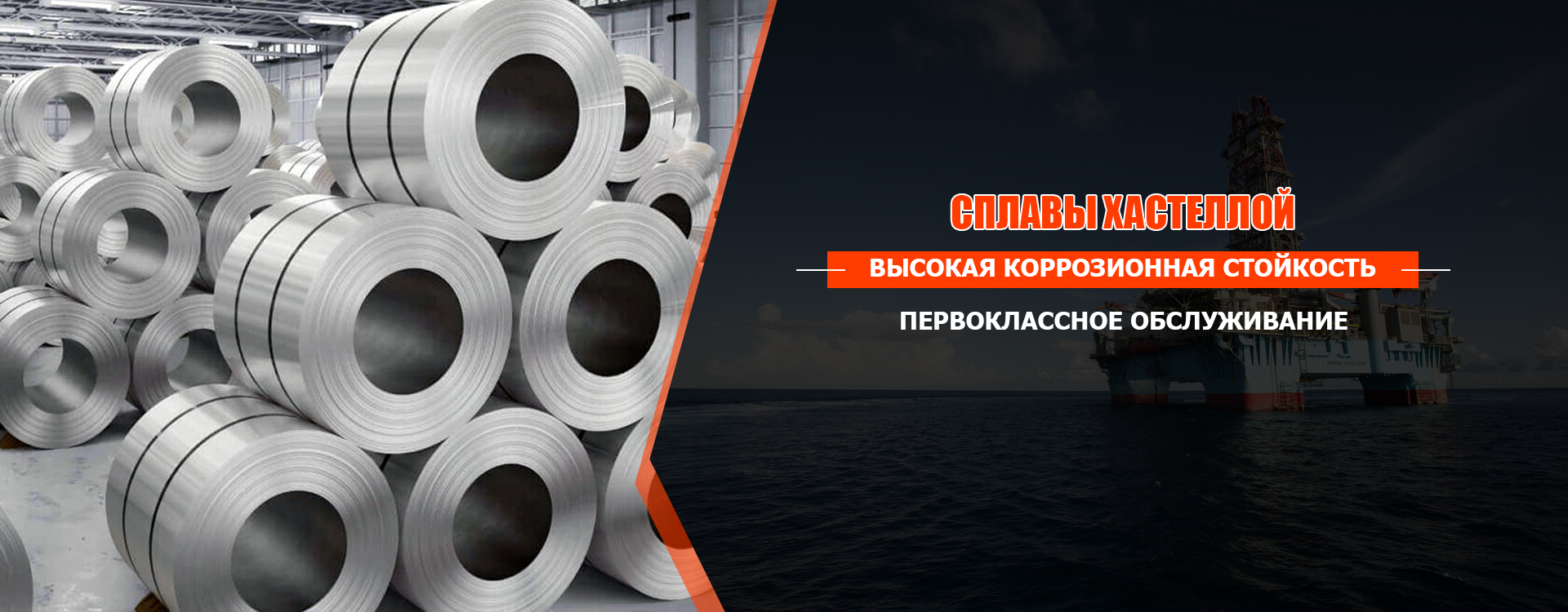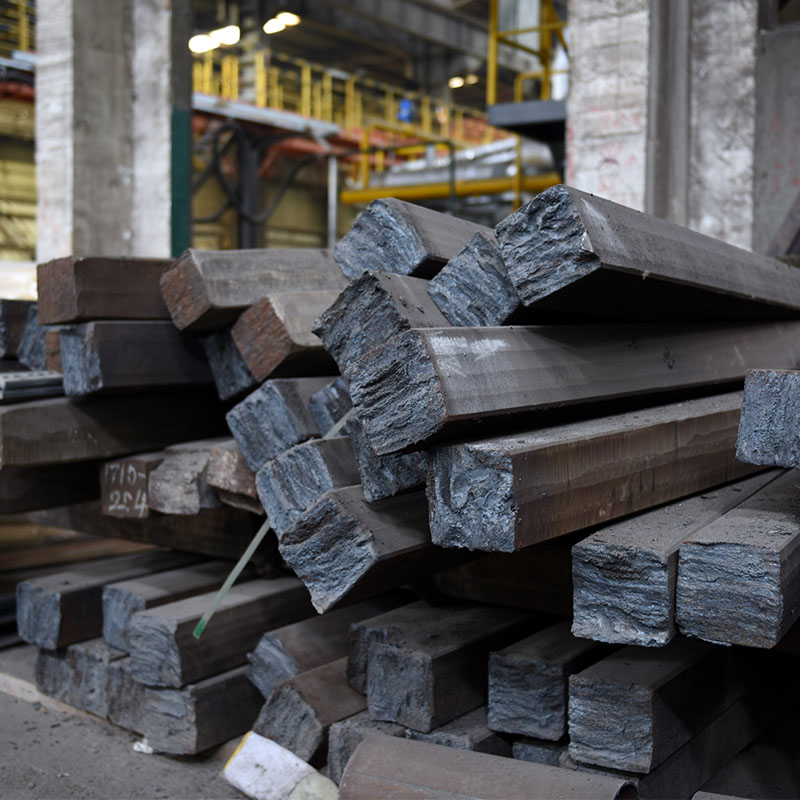
stainless steel pipes diameters
Stainless steel pipes diameters
Stainless steel pipes are indispensable material in various industries, from construction to the food industry. A variety of applications is also dictated by a wide range of sizes, that is, diameters. The correct choice of pipe diameter is a key factor for ensuring the efficiency, durability and safety of the structure. Let's figure out what to consider when choosing.
Factors affecting the choice of diameter
The choice of diameter of a stainless steel pipe depends on a specific task. For example, to transport a large volume of liquid at low pressure, a larger diameter pipe is required than to transport the same volume at high pressure. It is also important to consider the characteristics of the transported product. If these are aggressive chemicals, then we need a pipe with increased resistance to corrosion, and, accordingly, with the corresponding properties of the material. The throughput is an important parameter: the more the throughput should be, the greater the diameter of the pipe. Finally, the design features of the system also matter. For example, if the pipe passes in a limited space, the diameter should be appropriate.
Recommendations for the choice of diameter
Ideally, the choice of the diameter of the pipe should be produced by professionals taking into account all the factors. However, there are simple recommendations that will help you make a preliminary choice. Study the technical characteristics of the product that will be transported through the pipe. See what pressure and temperature values will prevail. Pay attention to the required flow rate and flow rate. Consult with experts to avoid mistakes that can be expensive in the future. In case of doubt, it is better to choose a larger diameter than less. This will provide the necessary throughput even with increased loads.
Practical examples
Imagine that you need to transport water in the household system. Here we need a diameter sufficient to satisfy your needs, but not too much so as not to create unnecessary costs. For the food industry, where it is important to preserve the quality of the products, the diameters of the pipes should be carefully selected taking into account the requirements of food safety standards. For engineering systems in construction, the choice of diameters is determined by the loads, technological requirements and the required throughput. In each case, the solution is unique and requires a professional approach.
AppropriateProducts
Corresponding products
The best soldproducts
The best -selling products-
 Alloy Incola 825 (N08825)
Alloy Incola 825 (N08825) -
 Superfisted stainless steel 316L-uhp-a
Superfisted stainless steel 316L-uhp-a -
 Histella alloy C-276 (N10276)
Histella alloy C-276 (N10276) -
 Austenitic stainless steel n08367
Austenitic stainless steel n08367 -
 Dispersion-hardening stainless steel 630 (17-4ph)
Dispersion-hardening stainless steel 630 (17-4ph) -
 Alloy Inconel 625 (N06625)
Alloy Inconel 625 (N06625) -
 HH4169 frying alloy (in718)
HH4169 frying alloy (in718) -
 High -temperature bearing steel G102CR18MO (9CR18MO)
High -temperature bearing steel G102CR18MO (9CR18MO) -
 Duplex steel 2205 (F60)
Duplex steel 2205 (F60) -
 Alloy Monel 400 (N04400)
Alloy Monel 400 (N04400) -
 (Super) High -strength steel A100
(Super) High -strength steel A100
Connectedsearch
Related search- Chinese suppliers of alloy Hasstell C-276
- Buy suppliers Inconel x750
- Factories that buy Inconsel x 750
- Chinese manufacturers of Incolonel 625
- China manufacturer pipe made of stainless steel 25 mm
- Khastelloy manufacturers in China
- Buy a plant of profile stainless steel pipes
- Factory to buy 32 calibers of stainless steel pipes
- Buy stainless steel and alloy center LLC Supplier
- Buy stainless steel tubes 25 factory





